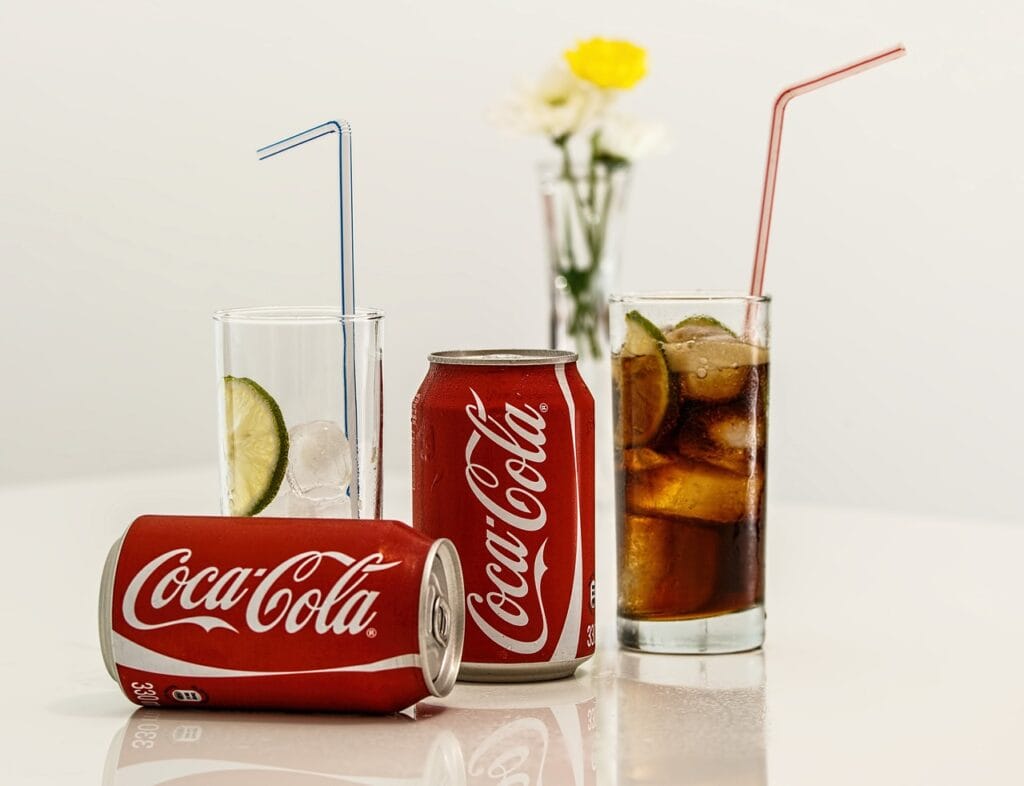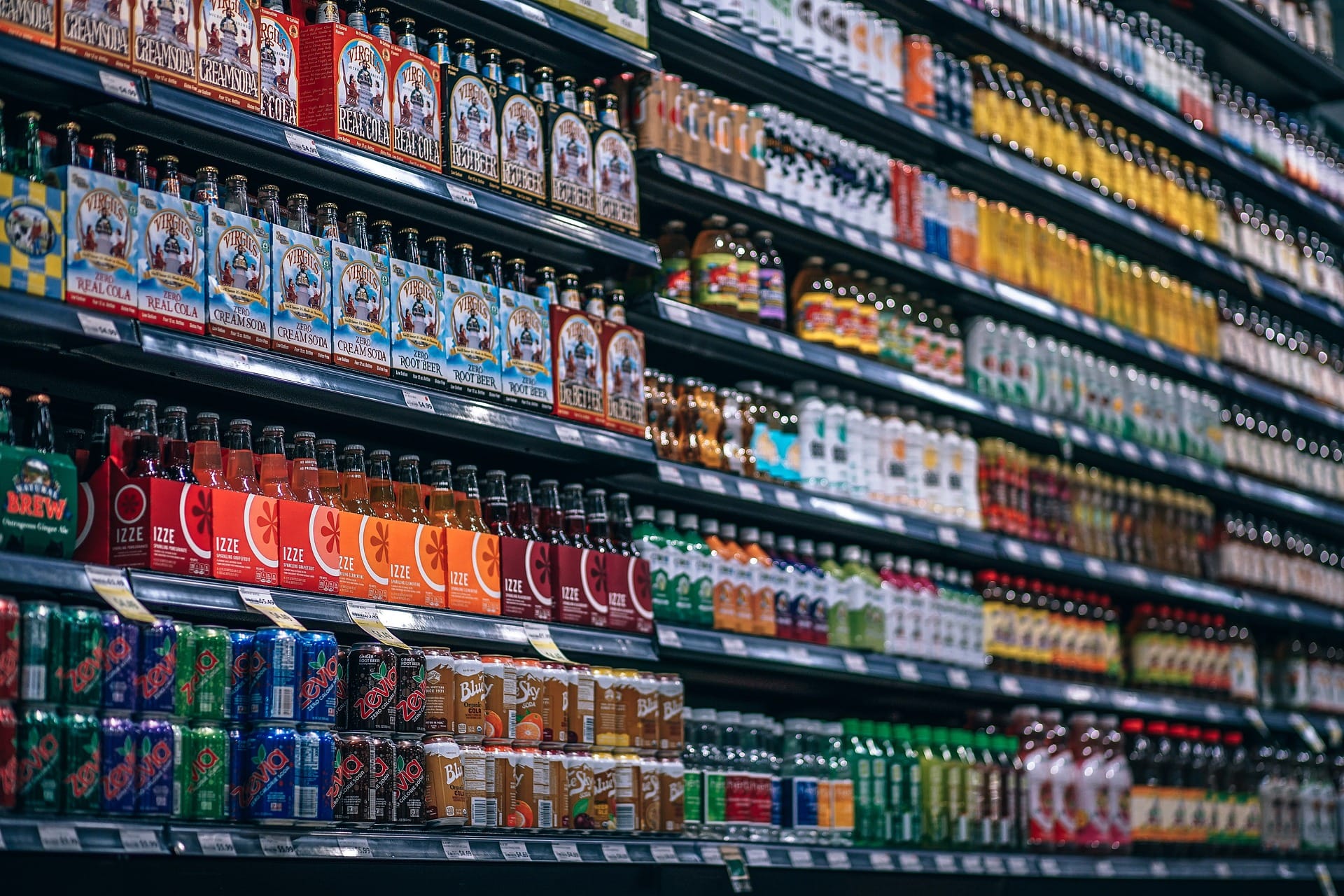In July 2023, news broke that the WHO had declared the popular sweetener aspartame a carcinogen. We decided to figure out what their publication actually said.
The news that WHO recognized aspartame as a carcinogen was published by many Russian-language media: the TV channel "Star"(WHO has recognized the sweetener aspartame as a carcinogen that causes cancer"), "Evening Moscow"(WHO has recognized the sugar substitute aspartame as a cancer-causing carcinogen"), Lenta.ru (“Popular sugar substitute causes cancer”), TV channel “Constantinople"("WHO: the sweetener aspartame may be one of the causes of cancer"), etc. Some media headlines called not the sweetener carcinogenic, but all sweet sodas at once: "RBC-Ukraїon"(A popular drink (Coca-Cola without sugar. - Ed.), which is loved by many, can cause cancer: new research"), "Arguments and facts in Belarus"(The Sweet Taste of Grief. Sugary Sodas Increase Risk of Liver Cancer by 85%").
Aspartame is artificial sweetener, which has been actively used in the food industry since the 1980s. It can be found, for example, in diet drinks, chewing gum, ice cream, yoghurt, ready-made breakfast cereals (labeled on the packaging as E951), as well as toothpastes, cough drops and chewable vitamins. Aspartame equals has the same calorie content as sugar and is 200 times sweeter. Thus, much less is required to achieve the same taste.
The possible carcinogenicity of various food additives, including sweeteners, has long been of interest to specialists. One of the first studies on aspartame, in 2005 held Italian scientists who fed sweetened foods to rats. Dosages were calculated to proportionally correspond to human consumption of 5000, 2500, 500, 100, 20, 4 and 0 mg of aspartame per kilogram of body weight. The scientists concluded that dosages of aspartame equivalent to 4 mg/kg in humans or higher resulted in a 69% increase in the risk of lymphoma and leukemia.
However, this study had serious limitations. First, scientists chose rats lines Sprague - Dawley, who are prone to developing cancer pathologies. In particular, using the same animals, the French researcher Gilles-Eric Séralini tried demonstrate the carcinogenicity of GMOs. Moreover, in 81% of rats of this line up to the age of two years appear a variety of malignant tumors, even if they are not involved in any experiment. When the scientific community noticed the incorrect choice of experimental animal strain, Séralini's paper was retracted. Therefore, it is not surprising that Italian scientists’ rats also demonstrated the development of leukemia and lymphoma. Secondly, the results of experiments on animals are not always correctly transferred to humans, since different substances affect different types of organisms in different ways. For example, thalidomide, a popular sedative in the 1960s, which was also prescribed to pregnant women, led to the birth of at least 10,000 children with severe congenital pathologies, while during animal testing this effect was didn't provide. This also works in the opposite direction: aspirin highly toxic for cats, and streptomycin, the second antibiotic invented after penicillin, kills guinea pigs.
Today in PubMed, the largest scientific database on medicine and biology, has more than 3,000 papers devoted to aspartame research. It has been tested in a variety of laboratory animals, as well as cohort studies in humans (that is, some people regularly consumed foods with the sweetener over a long period of time, while others abstained from it). To be ethical, cohort studies are usually retrospective—scientists do not force people to adhere to a particular diet all the time, but recruit groups of people with a particular characteristic (for example, drinking at least two cans of sweet soda a day) and then simply monitor their health. In particular, in 2016, European scientists from different countries let down the results of an 11-year follow-up of almost 500,000 volunteers. They found that those who consumed more than six standard (0.33 liter) cans of sweetened drinks weekly were more likely to develop hepatocellular carcinoma, the most common malignant liver tumor. American scientists, observing almost a million people, installedthat in the group of fans of such drinks there is a higher risk of developing pancreatic cancer.

On July 14, 2023, WHO indeed published press release, dedicated to the results of hazard and risk assessments for aspartame. Three major international organizations took part in the study of the potential consequences for those who use this sweetener: the WHO itself, the International Agency for Research on Cancer (IARC) and the Joint Expert Committee on Food Additives of the UN Food and Agriculture Organization (FAO).
In its findings, the WHO reportsthat "the evidence for an association between aspartame consumption and cancer in humans is inconclusive." Cohort studies, indeed, do not allow us to reliably determine whether aspartame became a key factor in the development of cancer. People who frequently drink soda may lead a less healthy lifestyle overall, prefer lower quality products, and pay less attention to their health. Therefore, Dr. Moez Sanaa, Head of WHO's Division of Standards and Scientific Guidelines for Food and Nutrition notes: “We need better quality studies with longer follow-up and repeated questioning of existing nutrition cohorts. We need randomized controlled clinical trials, including studies of the metabolic mechanisms that play a role in the regulation of metabolism involving insulin and the pathogenesis of metabolic syndrome and diabetes, especially the relationship of these mechanisms with the development of cancer."
All substances and environmental factors according to classifications, developed by the International Agency for Research on Cancer, are divided into four groups:
- group 1 - carcinogenic effect has been proven (tobacco smoking, drinking alcoholic beverages, solar radiation);
- group 2A - most likely carcinogenic (consumption of red meat and foods fried at high temperatures, night shift work);
- group 2B - possibly carcinogenic;
- group 3 - definitely non-carcinogenic (coffee, mercury, paracetamol).
Based on existing data, WHO classified aspartame in group 2B, but you should not be alarmed by the name of the group “possibly carcinogenic substances and factors.” Along with aspartame, they include ginkgo biloba extracts, kava And aloe vera, caffeine acid, progestin contraceptives (mini-pili), pickled vegetables, and also Job V hairdresser, in textile or carpentry production. Finding a substance in group 2B is an incentive for scientists to better study it and learn more about its effect on the human body.
Moreover, in its press release, WHO clarifies, that, according to current research, it is safe to consume up to 40 mg of aspartame per kilogram of body weight per day. That is, for a person weighing 70 kg, this is (depending on the composition of the drink) from 3 to 4.5 liters of sweet soda with aspartame. In the same press release saidthat “consumption of aspartame without exceeding this limit is safe for humans.” Francesca Branca, director of the WHO Department of Nutrition and Food Safety, also notes that “evaluations regarding aspartame do not give reason to seriously doubt its safety at the doses in which it is commonly consumed.”
Thus, although the WHO has classified the sweetener aspartame as a group of products that have a possible carcinogenic effect, this does not mean that any product that contains this additive will cause cancer. It is enough just to follow the recommended dosages and not drink more than 3 liters of sweet soda daily. Moreover, from the point of view of preventing the development of cancer, drinking a moderate amount of a sweetened drink is definitely safer than drinking beer, eating steaks or smoking.
Cover image: Bild von Igor Ovsyannykov auf Pixabay
If you find a spelling or grammatical error, please let us know by highlighting the error text and clicking Ctrl+Enter.






